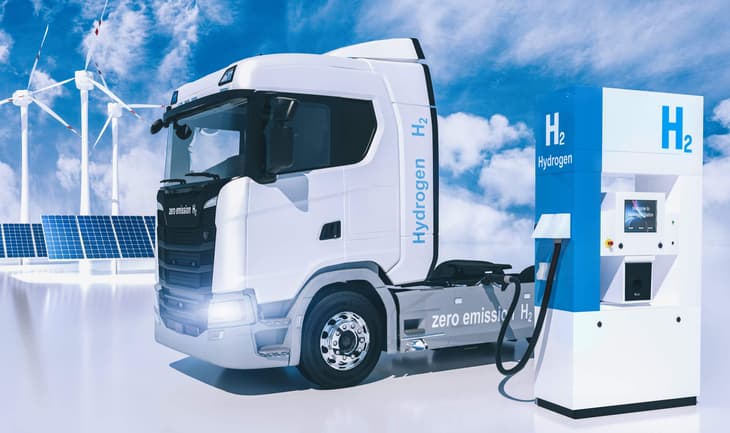The opportunity and challenge in hydrogen. We hear and read about it everywhere. There’s global focus in achieving progress toward zero emissions in the next 10 years, globally. There is a strong play for hydrogen fuelling in the transportation sector as part of accomplishing this.
Fuel cell electric vehicles, or FCEVs, powered by hydrogen, are beyond the introduction phase. There’s realisation for this application in automobiles, forklifts, buses, and light and heavy-duty trucks powered by hydrogen. This opens up the opportunity for creating an abundant and robust global hydrogen refuelling infrastructure to support the transportation sector.
There are hydrogen fuelling stations in operation today supporting the H35 and H70 hydrogen fuel. Where H35 dispenses gaseous hydrogen at 350 bar pressures intended for forklifts, buses, and light-duty trucks, while H70 dispenses gaseous hydrogen at 700 bar pressures for automobiles and heavy-duty trucks.
However, how does a hydrogen fuelling station operate? Typical of any refuelling station, fuel is delivered to the station in bulk by a transport; fuel is stored in a bulk storage tank; fuel is piped from the bulk storage tank to a metered dispenser; a customer begins the fuelling transaction using the dispenser; and everything has to operate with the most stringent safety measures in play.
... to continue reading you must be subscribed






